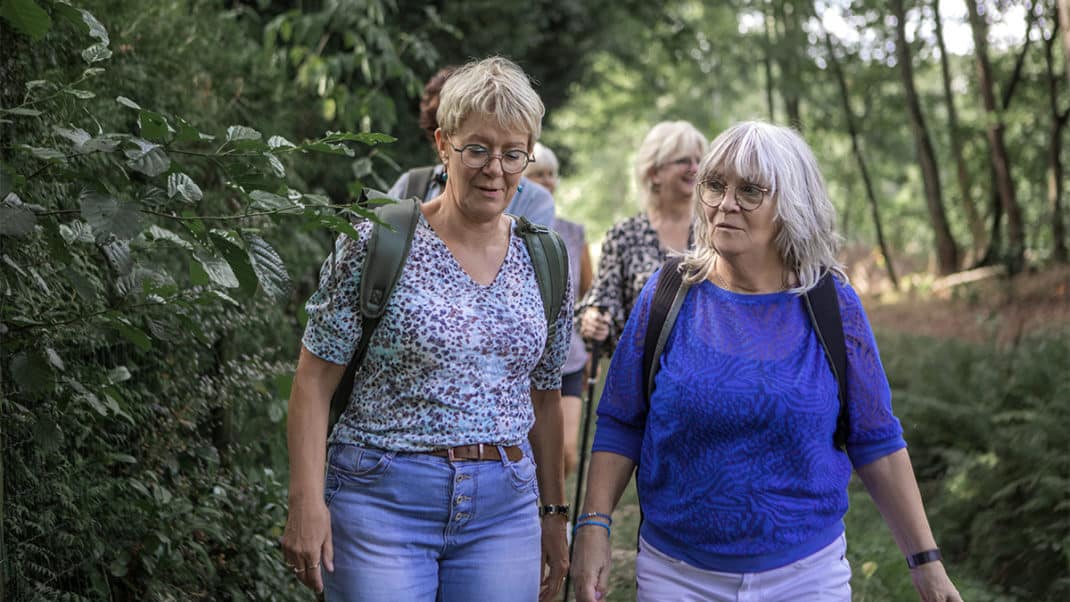Real-Life Programs for Real People
Meticulous assessment makes Lynne Greer’s training successful and rewarding.
Subject: Lynne Greer
business: Healthy Wishes in Bishop, California
Her Clientele. Greer works with a range of clients in her town, including older women whose activities of daily living have become more challenging. She also frequently works with clients who’ve been to physical therapists and now need help exercising on their own.
Assessing Clients’ Lifestyles. Frus-trated that so many people were unfit and felt left out of fitness, Greer developed a specialized assessment system to help clients become healthy. Based on her 20 years of professional fitness experience, her assessment gathers information about stress management, nutrition habits, physical habits, emotional aspects, working environment, time management, relationships, sleep habits and passions in life. “We address their whole life versus reps, sets, loads and getting the perfect body,” she says.
Helping People Find Time to Exercise. After Greer addresses issues on the lifestyle assessment, she asks clients to keep a daily log of their time for a week so they can find the best time for sessions with her. “I may have to show them how to accumulate exercise throughout the day because finding one solid hour is nearly impossible for them. I may teach them how to do an efficient strength training program in 10 minutes during a coffee break and get a great cardio workout in 30 minutes at lunch. Also, if the only time a client has to exercise is early morning and she tells me that she is not a morning person, I won’t train her. I already know what her adherence is going to be like, and I will end up getting up early in the morning and having her cancel the appointment.”
Helping Clients Find Success. For Greer the fact-finding process with each client is crucial. “I might spend 2–6 weeks doing fact-finding before I develop an exercise program. I will ask clients to walk on their own time, possibly pay attention to portion sizes and go to bed half an hour sooner when they first work with me,” she says. “I’m not going to put a dumbbell in their hand and ask them to exercise until we’ve done our homework and figured out why they’ve failed with exercise before and what it will take for them to succeed now. Many times people feel that they’ve tried exercise and they can’t do it. I want them to succeed. For example, I take an exercise history that tells me a lot about a person’s behavior. How many times has she started and stopped exercising? What activity has she ‘failed’ at, in her mind? I will not ask her to do the same thing again.”
Biggest Frustration. Greer doesn’t like training clients who have unreasonable
expectations. “I won’t work with people who have unreasonable short-term goals. If a client says she has her class reunion in 3 months and wants to lose 30 pounds by then so she won’t go to the reunion fat,
I won’t train her. It is unrewarding to train this type of client. I believe it promotes trainer burnout, and what am I really doing for this person long term? If a client comes to me with the same goal, but has a year, then I can help her make a lifelong change and reach her goal as well.”
Why She Loves Her Work. Greer enjoys helping clients fit exercise into their lifestyles. “If someone works full time and has a 3-year-old child, he might not be able to get to the gym. However, he can do exercises at home and feel much better,” she says. “I love when clients begin to feel better about themselves. I get so excited when they focus on improving their health rather than just focusing on getting a hard body. I like hearing that they are receiving benefits such as reducing stress and getting along better with coworkers.”






